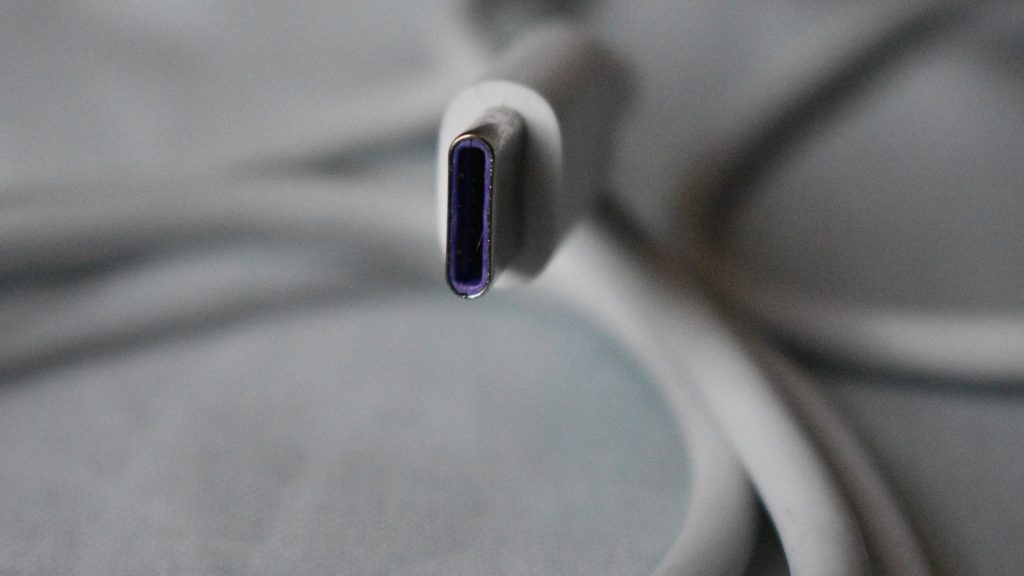USB 4, the next version of everyone’s favourite data-transfer protocol, is one step closer to inclusion on your future PC.
Today, the USB Implementer’s Forum (USB-IF) announced specifications for the standard, which it first revealed in March this year.
No ad to show here.
The new specification will function through the Thunderbolt protocol developed by Intel and Apple. This allows it to employ double the bandwidth of the current 20Gbps-capable USB 3.2 standard.
That’s a total throughput of 40Gbps with the correct cables.
Like USB standards before it, USB 4 will also be backward compatible with USB 2.0 and USB 3.2.
USB 4 will be twice as fast as the current USB 3.2 standard, pushing 40Gbps on supported cables
One big detail to note though is that the standard will use the USB-C port exclusively. The larger rectangular USB-A port will not be compatible with the new specifications, and you’ll need a dongle to use a flash drive or hard drive through the USB-C port.
It’s a mild inconvenience, especially since a slew of legacy storage drives and other peripherals use USB-A and other variations. USB-IF’s motives, however, lies in the future of display technology.
“As the USB Type-C connector has evolved into the role as the external display port of many host products, the USB4 specification provides the host the ability to optimally scale allocations for display data flow,” the USB-IF explains.
The use of this port and specification to push video also could spell the eventual end of the HDMI port too, in the distant future, that is.
A smaller port size also means more compact devices in the future, whether it be thinner laptops or literal thumb drives.
It’s not clear when we’ll see the first devices sporting the USB 4 protocol on board, but for all those 8K videographers and professional data hoarders, hopefully soon.
Grab the official specifications from the USB-IF forum right here.
Feature image: A USB-C connector at the end of a cable, by Andy Walker/Memeburn
